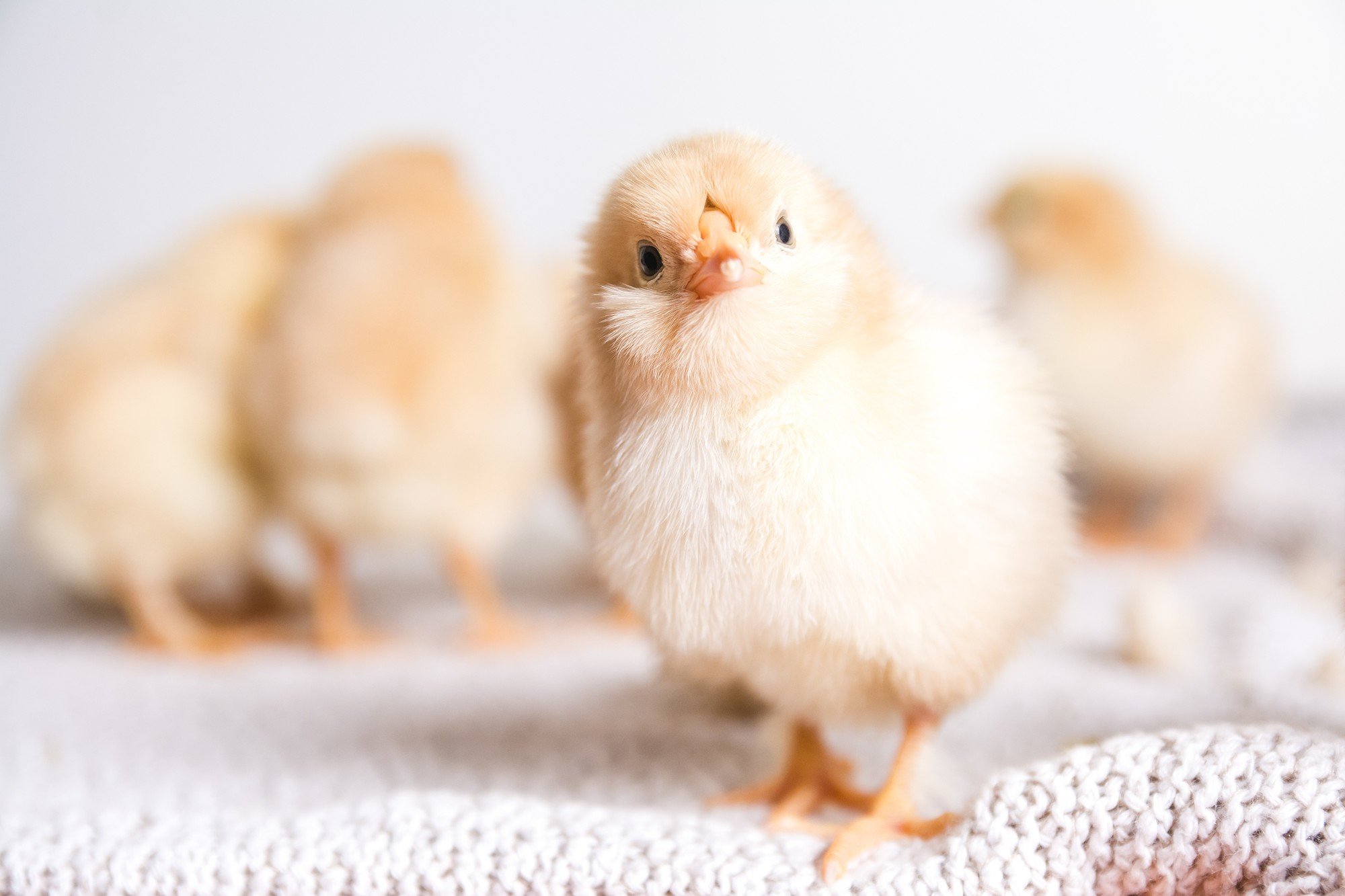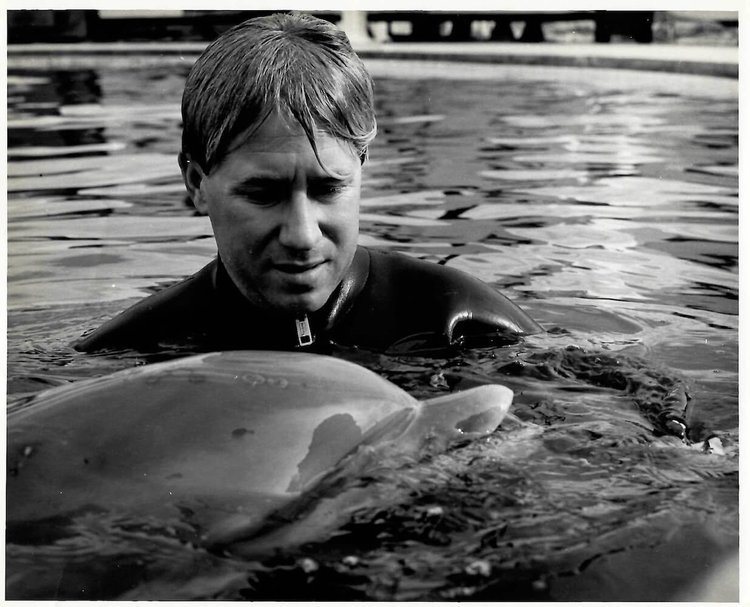
About Us
Hello, I'm Kirsten Kraljevic.
I have a B.A. in Sociology and Anthropology from St. Mary's College Of Maryland and have been a professional pet dog trainer for 34 years. I grew up riding horses and living with dogs, cats, birds, and the occasional reptile.
My first real jobs included working for the Humane Society in Rockville, Maryland, and as an assistant manager in a well-known pet store specializing in hand-fed baby birds. I consider myself a lifelong student of animal behavior and training. In 2002, when I took all 5 of Bob Bailey's Chicken Workshops, I finally understood what it meant to say that behavior is lawful. Animal behavior across species is lawful, and principles govern it. I discovered a world of people creating excellent results in changing the behavior of many different species using Operant Conditioning.
Operant Conditioning allows you to break behavior down into its smallest components. It isn't until you learn to break something down into its smallest form and master it that you can innovate and change.
We haven't discovered everything possible with this technology yet, and there is a new generation of innovators in animal training out there ready to learn. This belief drives me to keep the Chicken Workshops available to anyone wanting to learn from them.
The Breland's and Bailey's accomplished animal training feats at greater distances, through more significant distractions, and for longer durations than I ever thought possible. Their students have accomplished similarly amazing things in their chosen disciplines.
After Dr. Bailey officially retired from giving workshops, I was fortunate enough to be able to help him with some of his historical projects aimed at preserving their contributions to modern-day animal training. A common thread throughout their legacy was the use of chickens to teach others how to change behavior.
In the ‘40s they used chickens to train staff and clients such as the General Mills feed salesman who gave stage shows across the country. By the ‘90s Bob and Marian refined their exercises into traveling chicken workshops they gave the public for the first time.
Bob says they looked for a better behavior model for teaching trainers for over 40 years but always returned to the chicken.
I became obsessed with the "Why"
As the world was shutting down due to the uncertainties that came with the pandemic, my husband and I began building a small proof of concept facility—My Chicken Workshop. The technology is too important to be shelved only to be found again at a later date. I believe in the humble chickens' power as a teacher. I believe in what I am doing.
Regrettably, I never met Dr. Marian Breland-Bailey. However, I attended my first Chicken workshop in the summer of 2002 when Bob, keeping his promise to Marian, resumed teaching the workshops.
They say the teacher arrives when the student is ready. I know that is true because when I met Bob I was shut down as a trainer, not progressing, not motivated to challenge myself, and definitely not reaching my potential.
As hard as it must have been for Bob that summer to get back out on the road and resume teaching, something he and Marian had always done together, He was still able to recognize what I needed as a student and how to bring it out in me. It wasn't until years later that I fully appreciated how he had set up the environment in those workshops so that I felt safe enough to practice taking a risk, experience mistakes as a learning opportunity and challenge myself to improve.
Bob understands the power of motivation on a level most of us do not. The way he set up his workshops met people exactly where they were, and if they were open and ready, the student blossomed.
Seeing that was infectious in a good way to me. Had I told my younger self that when I was 56 I would pour my savings into a chicken workshop in my backyard, I would have thought myself crazy… yet here I am!
There isn't a day that I don't draw inspiration from Marian. I think of the hours she spent in the barn in Minnesota, keeping data on all the animals she and Keller were training and observing, or the long hours she spent in the car with Bob as they traveled from town to town or base to base using the shorthand she had come up with to keep notes on their discussions.
I think of how, even though Marian started as a psychology student of Skinner in the ‘40s, her fulfilling family life and passion for application and innovation got in the way. Marian finally got her Ph.D. when she was 58 and taught college-level classes and chicken workshops into her ‘80s. I think of all the fantastic students she watched grow and change. Suddenly, what I am doing doesn't seem that crazy after all.
My Chicken Workshops are just the latest iteration in a long history of chicken workshops developed to teach people how to change behavior.
I don't know how long I will be lucky enough to do this, but I hope long enough to pass the torch to the next passionate person to continue such meaningful work.
Bob Bailey 1962 First Director of the Navy’s Marine Mammal Program.
Marian and Keller Breland in Minnesota.
Brelands and the Baileys
"If you reinforce a behavior, it's more likely to occur again. If you don't reinforce it, it's less likely to occur again. Animals are learning all the time, not just during training sessions. And they're learning with the same principles, and Operant Conditioning is the way that behavior changes in the real world." Marian Breland Bailey
Keller and Marian Breland-Bailey, both of whom were students of B.F. Skinner started Animal Behavior Enterprises in 1947. ABE was a commercial company that the Brelands used as proof of concept of the scientifically based method they first learned of from Skinner. After Keller died in 1965, Marian continued to run ABE for 47 years remarrying in 1975 to Dr. Bob Bailey, a former student of Keller and Marian's and the first head of the Navy Dolphin Training Program.
Using 5 proven principles of Operant Conditioning, ABE humanely trained over 15,000 animals of 140 different species for entertainment, corporations, and government agencies, as well as consulting with numerous zoos, oceanaria, and amusement parks, ultimately spreading their knowledge of animal training internationally. Robert E. Bailey of Animal Behavior Enterprises and J. Arthur Gillaspy, Jr. Of the University of Central Arkansas wrote in their paper, published in The Behavior Analyst 2005, 28, 143-159 NO. 2 (Fall)
We could find no evidence of animal trainers intentionally using Operant Conditioning in commerce before the Brelands. Their training methods were based on Skinner’s observations in the laboratory, and they continued to refine and adapt their practices for use in the field by relatively unskilled personnel working with a variety of species. Perhaps their most notable refinement was the prominent and precise use of a secondary reinforcer (whistle or click ) as a stimulus for, or a time bridge leading to, the upcoming delivery of a primary reinforcer (food). In the mid-1940s, the Brelands coined the term bridging stimulus to refer to the reinforcer.
The bridging stimulus enabled ABE trainers to control behavior in settings where immediate access to a primary reinforcer was impractical.
The Brelands and the Baileys taught this technology to thousands of animal trainers, starting them on chickens. By the ‘90s they began offering chicken workshops to the general public. Bob continued offering the workshops after Marian's death in 2001, officially retiring from teaching them full-time in 2016.



